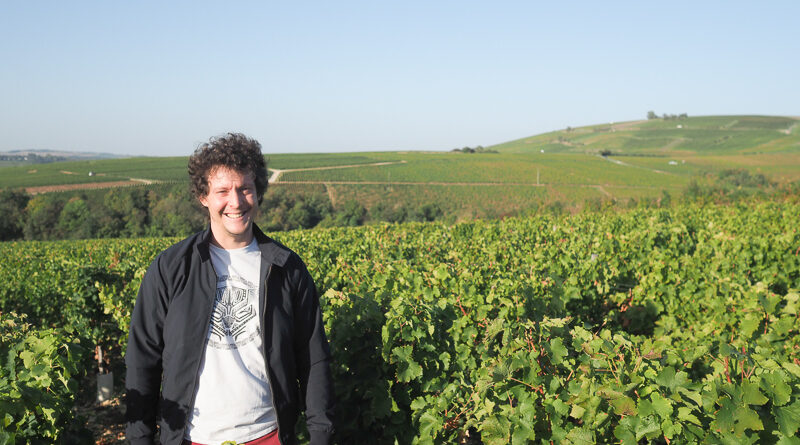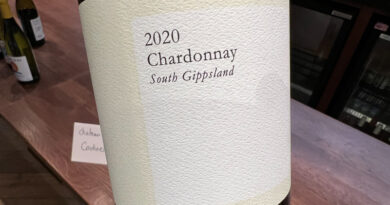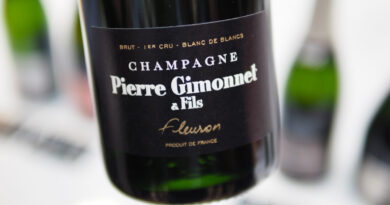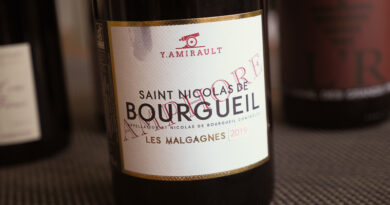Exploring the Centre Loire (1) Domaine La Croix St-Laurent with Fabien Cirotte
The Domaine La Croix St-Laurent is run by Joël et Sylvie Cirotte and their son Fabien (pictured above), so you might see the parents’ names on the label or the son’s: such is the way with family domaines in transition between generations. This was the first visit in a trip to the Centre Loire, which includes the appellations of Sancerre, Pouilly-Fumé et Pouilly sur Loire, Menetou-Salon, Quincy, Reuilly, Coteaux du Giennois, Châteaumeillant, Côtes de la Charité et Coteaux de Tannay.
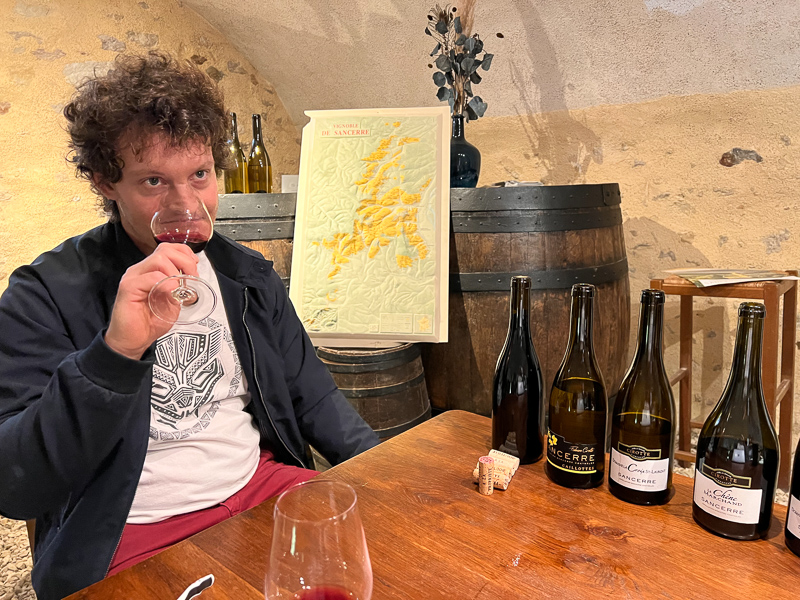
We met with Fabien Cirotte at the winery in the village of Bué, which is one of the main villages in Sancerre, to the south of the region. Fabien is fourth generation, and they have 11 hectares. But his grandmother’s side of the family, Crochet, were making wine here back in the 17th century.
We began with a tour of the cellar, which was full of the latest vintage, and nicely cleaned after the busyness of harvest. All the grapes are hand harvested here, and the whites are whole-bunch pressed then static settled for 24 hours before decanting to the fermentation tanks. The reds go across a sorting table, and all are destemmed.
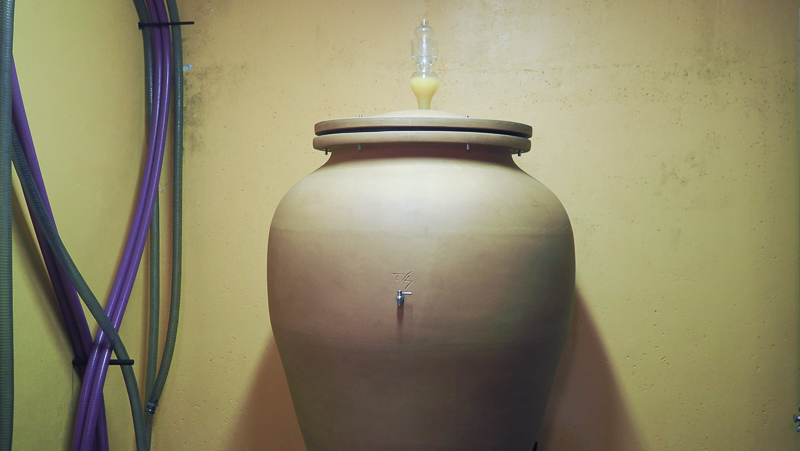
Another feature in the cellar is the move to alternative elevage, a theme in the region at large. He bought a plastic egg in 2018 when his son was born, and then bought some Tava amphora from Italy, including a 1600 litre one which is the biggest terracotta I’ve seen outside Georgia. He also has two 750 litre versions. The appeal is that the oxygen transmission is about the same as a barrel, and this property is determined largely by the firing temperature.
One feature of the Fabien’s way of working is that he doesn’t want to begin any fermentations while he’s still busy with harvest: he wants to give them full attention so he holds the juice at 5 C until the last pick is in and processed. Once the fermentation of the whites is finished (and the wines won’t have seen any sulfites yet: his view is that it helps the wine to be more open) he holds the wine at 7 C to stop malolactic, keeps it on lees for 3 weeks and then adds sulfites. This addition is to stop the aromas changing to dried fruits. He then doesn’t need to add any at bottling. He got his new tanks with efficient cooling in 2018 and this has allowed him to manage sulfites much more effectively. But there’s a compromise that needs to be made: to use lower amounts would require a lot more energy, so there’s a trade-off.
Compared to other domaines, there’s a focus on Pinot here, which makes up 35% of their wines. He destems all his Pinot and gives it a 14 day cold maceration, before fermenting cool (19 C) to keep aromas and avoid bitter temperatures. After fermentation there’s another two week maceration. During fermentation there’s a daily pumpover, but this year he did no pigeage because he felt the tannins were less elegant than other years. In the future it might be difficult to have more red in the future because of climate change. The Pinot Noir ripens earlier than the Sauvignon, and climate change will have more of an impact on the reds.
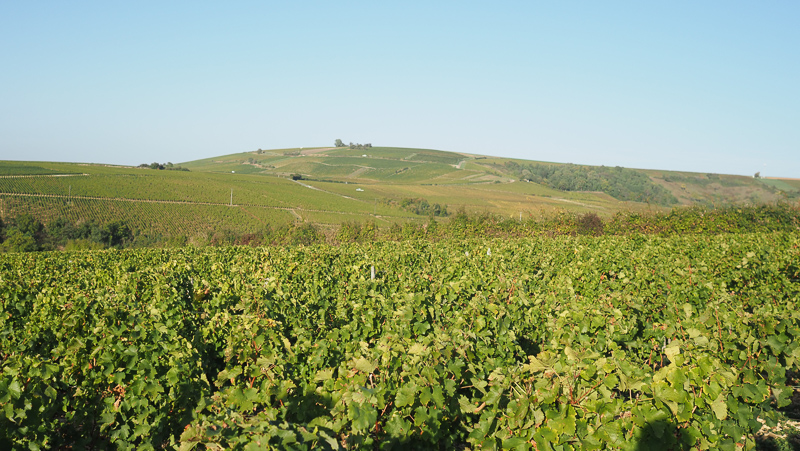
One of the limits to Pinot Noir is that importers don’t want to list a wine that isn’t commercially viable because of a small production. And there’s a strong demand for white but maybe less for red. For example, his agents in the UK, Corney & Barrow, have sold 10 000 bottles of white, and 2 years ago he sent 600 bottles of red and they have only sold half of this.
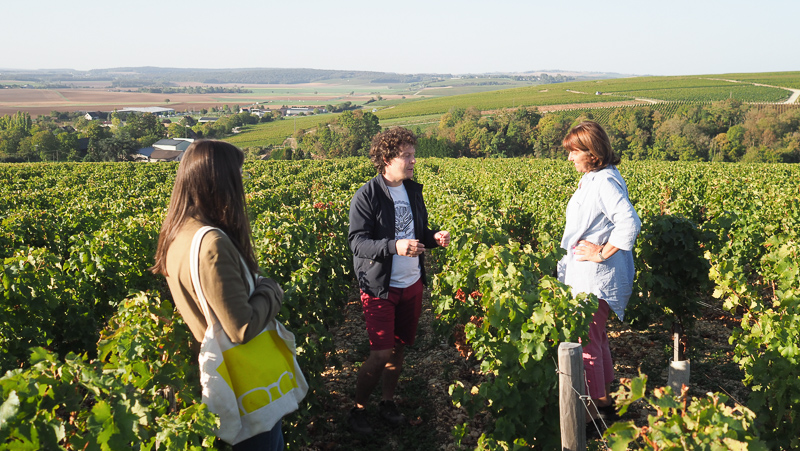
Then we head to the vineyards around Bué. The first plot we visit is Grands Chemarin, planted in 1947. They’ve had to begin replanting where there are missing vines because the Sancerre appellation rules specify a particular minimum density. The soils here are what are described as caillottes.
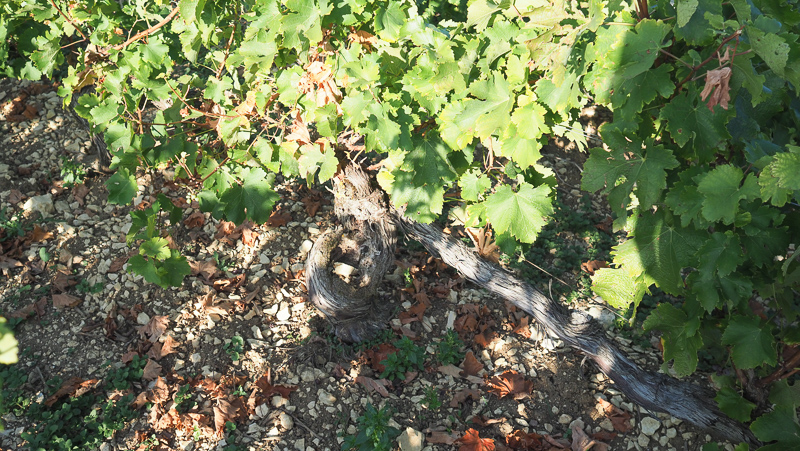
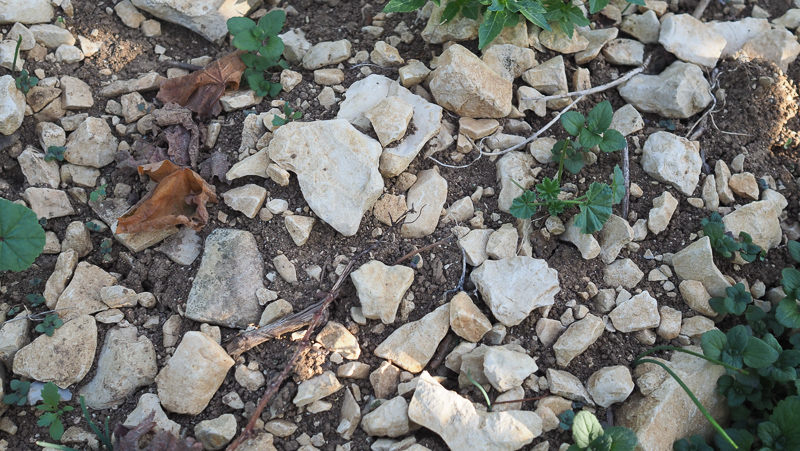
This is where we need a quick terroir summary. In Sancerre, the terroirs are broken down into three broad categories. First, caillottes. This is also referred to as calcaire in Pouilly-Fumé, and consists of hard limestone rocks and plates over a limestone base, formed 120 million years ago. This was in the Oxfordian period of the Jurassic, and is the same limestone as you’d find in Petit Chablis. Then there is terre blanche, also referred to as argile calcaire in Pouilly-Fumé, a mixture of limestone and clay. The limestone here is a form called marn (marl) which has lots of little fossils in it. Typically this will give way to a very deep layer of pure marn bedrock, many metres deep, after the clay layer. And finally we have Silex, which is flint, often in combination with clay. There are many nuances on each of these three themes, though, and growers aren’t always consistent in their identification and naming. More on this in a separate article soon.
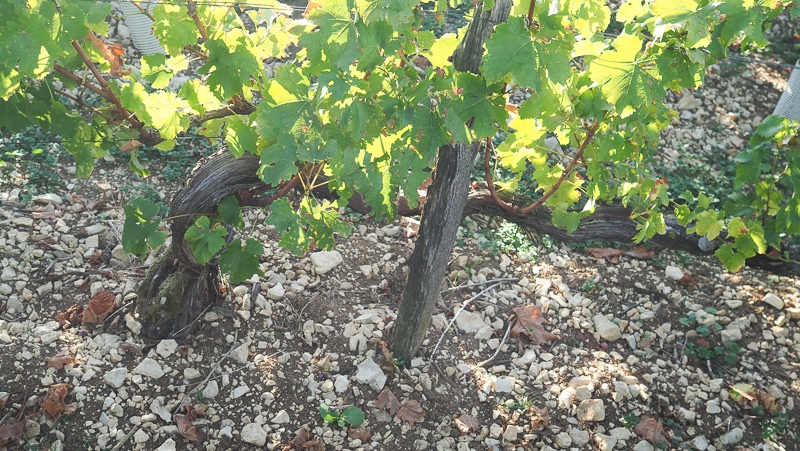
On the other side we can see Chêne Marchand, which has much deeper soils with lots of clay, although it is still limestone based. Unusually, Fabien makes a red wine from this primarily Sauvignon terroir.
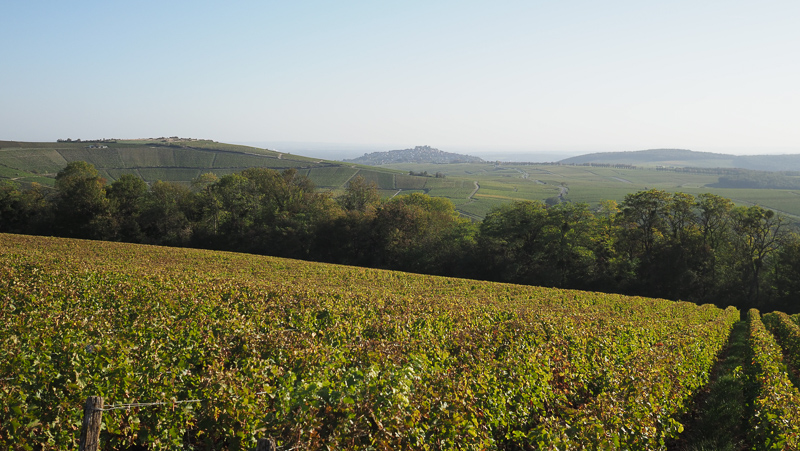
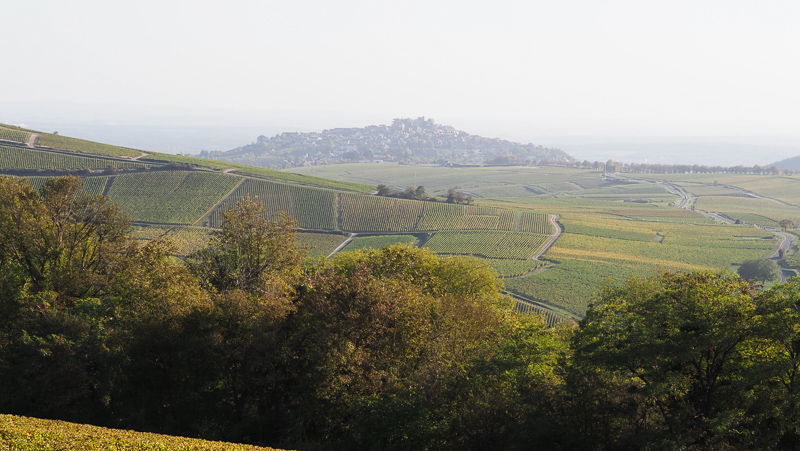
We then stop at another vineyard, La Cochotte. This is at the edge of the appellation, and behind this vineyard is a plateau planted to lucerne. It’s the highest spot in Sancerre, and because of this the wines from here may lack structure but they have acid and freshness. Soils are red clay. Further away there’s a ring of hillside that is Cirque de la Poussie, another famous Bué terroir.
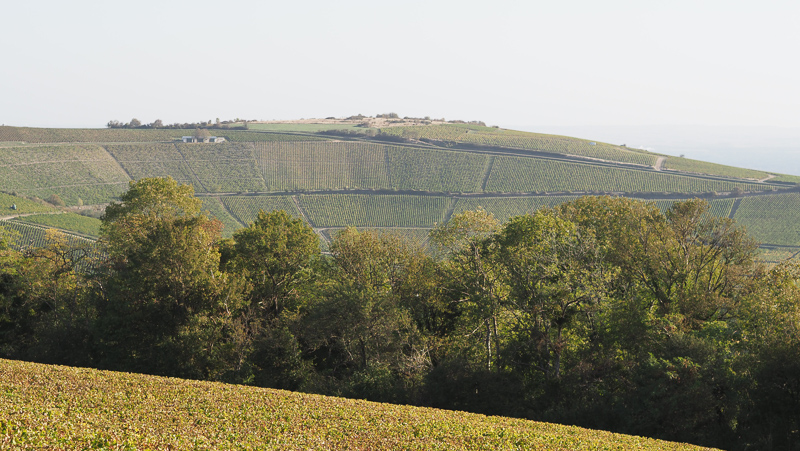
We discuss curettage, the chainsaw surgery used to remove infected wood called amadou from the vines that are suffering from trunk disease Esca. Fabien’s father Joël was a pioneer of this back in the early 2000s. He began by using a full-sized chainsaw, but this has now been adapted with much smaller chainsaws. It takes Fabien 3 minutes for a vine, rising to 10 for a very old vine.
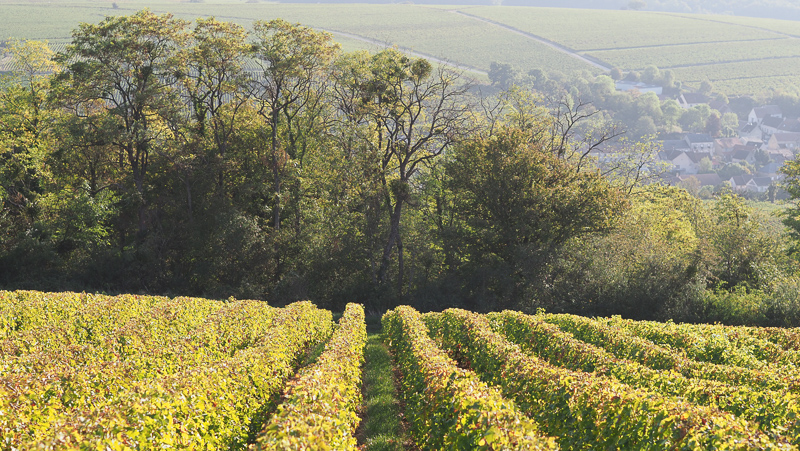
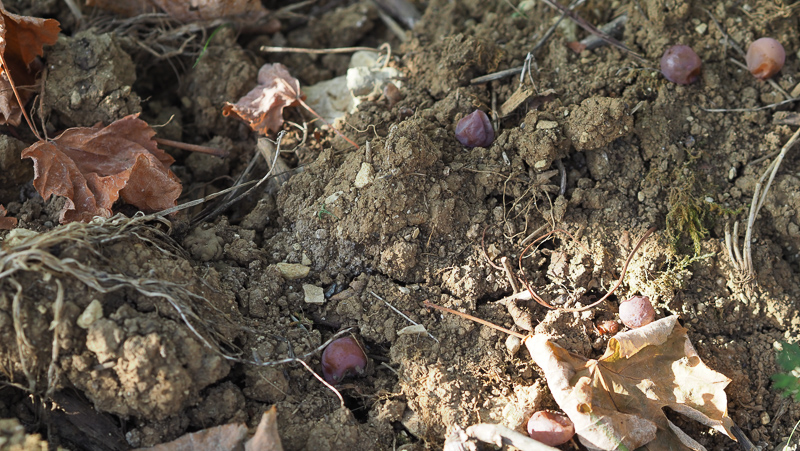
THE WINES
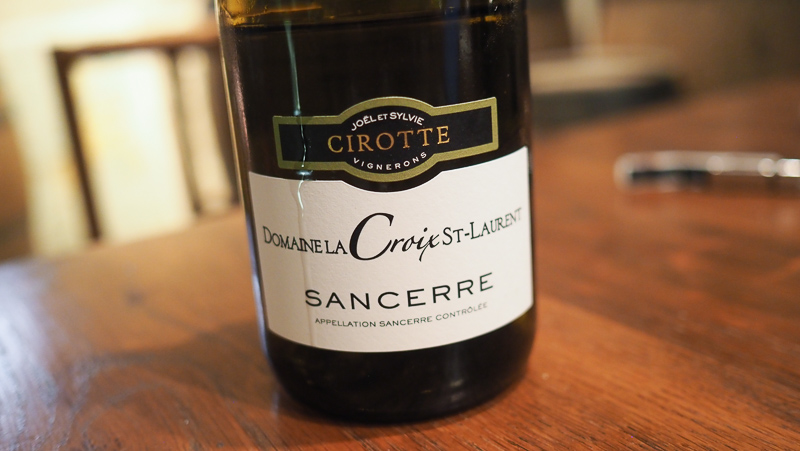
Domaine La Croix St-Laurent Sancerre 2022 France
This is the cuvée assemblage, blending together different plots, with half terre blanches and half red clay. This is pure, taut and linear with lovely pear and citrus fruit, showing some mineral notes and a lovely acid line. Such purity and finesse here, with some chalky texture and a twist of salinity. There’s some ripeness, but also freshness, with almost perfect balance between the fruit and the mineral notes. 93/100
Domaine La Croix St-Laurent Sancerre Caillottes 2022 France
Three parcels go into this, all Caillottes. 15% of the blend is raised in oak. Next year this will be joined by the terracotta (1600 litres). Finely mineral, citrus fruit nose. Has some delicate spiciness. Lovely expansive palate with some pear and white peach, as well as lemon, showing purity and some depth, with a fine, chalky, slightly grainy texture. Such focus, purity and delicacy to this wine. 94/100
Domaine La Croix St-Laurent Sancerre Rouge 2020 France
12 months in 500 litre oak, with 10% new (just one barrel each year). Subsequent vintages have some amphora component. This is beautiful. There’s some ripeness and generosity here with textured, spice-laden cherry and plum fruit with lovely fine-grained tannins adding depth to the substantial, concentrated palate. Bold, full and rich, but showing finesse and balance. Has a twist of liquorice and wood spice, with some warmth but also a lovely chalky freshness. 93/100
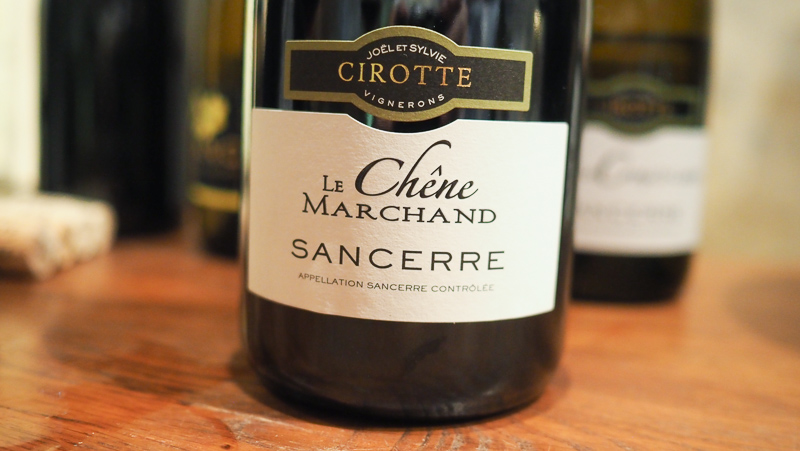
Domaine La Croix St-Laurent Le Chêne Marchand Sancerre Rouge 2017 France
One year in barrel followed by a year in tank, and then it is held three years in bottle before selling. Stylish stuff showing lovely focused sweet black cherry and plum fruit that’s still very fresh, with chalky, grainy structure and nice acidity. Nice concentration and freshness with just a hint of savoury structure holding the fruit in tension. Chalky and mineral, this is a serious wine. 94/100
Domaine La Croix St-Laurent Le Chêne Marchand Sancerre Rouge 2019 France
Vibrant nose with notes of chalk, graphite, gravel and brooding black cherry fruit. The palate is fresh, structured and refined with some wood smoke and mineral notes, intense brooding black cherry and blackberry fruit with some raspberry brightness, and taut structure. There’s richness and depth here, but also restraint and the structure for long ageing. Lovely weight and structure. Quite profound. 95/100
Domaine La Croix St-Laurent Sancerre Rouge Sans Soufre Ajouté 2020 France
14.5% alcohol. This is from the plastic egg. 24 months in the egg (600 litres). The same wine as the regular 2020 rouge, but he added 6 kilos of marc to protect against oxidation. Savoury, smoky, spicy nose with some ashy hints, leading to a tannic palate with nice intensity of black fruits and quite fearsome tannins, leading to a drying finish. So grippy and intense, and quite distinctive. So interesting, and unlike any other Sancerre rouge that I’ve tried. Could age for a long time. 93/100
Domaine La Croix St-Laurent Sancerre Rosé 2022 France
12.5% alcohol. Silex and calcaire, half and half. Very pale in colour. Aromatic nose with primary citrus and cherry with a real brightness. Juicy, fine, quite mineral and nicely textured with beautiful stony mineral character, finishing with lovely tapering lemon and cherry fruit. Real precision here. 92/100
UK agent is Corney & Barrow

